📋 Emergency Lighting Requirements (BS 5266)
-
Emergency Lighting Levels in the UK: BS 5266 Compliance & Safety Standards
Emergency lighting is a critical component of any building’s safety system, providing illumination during power outages or emergencies to guide occupants to safety.
BS 5266 is essential. At Lumenloop, we offer high‐quality, UK‐made emergency lighting solutions tailored to meet these requirements.
Minimum Illuminance Requirements by Location
| Location | Minimum Illuminance (lux) | Uniformity Ratio (Max:Min) | Response Time (seconds) | Minimum Duration (minutes) | Notes |
|---|---|---|---|---|---|
| Escape Routes (Corridors) | 1 | 40:1 | 0.5 | 180 | Measured at floor level along the centreline of the escape route. |
| Open Areas (Anti-Panic) | 0.5 | 40:1 | 0.5 | 180 | Applies to areas larger than 60m². Excludes a 0.5m border around the edge of the area. |
| Staircases | 3-5 | 10:1 | 0.5 | 180 | Enhanced lighting to clearly reveal steps and changes in elevation. Measured on the treads. |
| High-Risk Task Areas | 10% of normal lighting or 15 (whichever is greater) | 10:1 | 0.5 | 180 | Examples include operating machinery, handling hazardous substances. |
Specific Area Requirements
| Area | Minimum Illuminance (lux) | Uniformity Ratio (Max:Min) | Response Time (seconds) | Minimum Duration (minutes) | Reference Plane | Specific Considerations |
|---|---|---|---|---|---|---|
| Kitchens (Commercial) | 15 | 10:1 | 0.5 | 30 | Horizontal on working plane | Focus on cooking and preparation areas; ensure no glare on stainless steel surfaces. |
| First Aid Rooms | 15 | 10:1 | 5 | 30 | Horizontal on working plane | Ensure adequate lighting for examination and treatment; consider colour rendering for accurate assessment. |
| Treatment Rooms | 50 | 10:1 | 0.5 | 30 | Horizontal on working plane | Higher illuminance for detailed medical procedures. |
| Refuge Areas | 5 | 10:1 | 5 | 180 | Horizontal on floor, vertical at communication devices | Ensure clear visibility of communication devices and signage. |
| Plant Rooms (Mechanical/Electrical) | 15 | 10:1 | 5 | 180 | In plane of visual task | Illuminate gauges, controls, and potential hazards. |
| Fire Safety Equipment Locations | 5 | N/A | 5 | 180 | N/A | Includes fire extinguishers, fire alarm call points, and fire hose reels. |
| Reception Areas | 15 | 10:1 | 5 | 180 | In plane of visual task | Provide a safe and welcoming environment. |
| Panic Bars and Security Devices | 5 | N/A | 5 | 180 | Horizontal on plane of device | Illuminate activation points clearly. |
| Swimming Pool Surrounds | 5 | 10:1 | 0.5 | 180 | Horizontal on floor and treads | Consider wet conditions and reflective surfaces. |
| Toilets (Larger than 8m² or Disabled) | 5 | 40:1 | 0.5 | 180 | Horizontal at floor level | Ensure adequate lighting for safe use. |
Frequently Asked Questions
What is BS 5266, and why is it important?
BS 5266 is the British Standard for emergency lighting, ensuring that buildings have adequate illumination in case of power failure.
How long should emergency lighting last?
UK regulations typically require emergency lighting to operate for at least 3 hours in commercial and public buildings.
What is the difference between maintained and non-maintained emergency lighting?
Maintained emergency lighting remains on during normal operation, while non-maintained lighting activates only when mains power fails. Each has its advantages depending on the building's usage and energy efficiency requirements.
How can I ensure my emergency lighting complies with UK regulations?
Ensure your system meets BS 5266 and EN 60598-1 standards. Regular testing and professional maintenance are key, as well as choosing products like those from Lumenloop that have been rigorously tested for compliance.
Why is uniformity important in emergency lighting design?
Uniform lighting ensures consistent visibility, reducing shadowed areas that could hinder safe egress during an emergency.
What are the energy efficiency benefits of LED emergency lighting?
LEDs use significantly less energy, have longer lifespans (up to 50,000 hours), and reduce maintenance costs compared to traditional lighting, making them a sustainable choice for emergency systems.
Can emergency lighting systems be integrated with smart building controls?
Yes, many modern systems—including those from Lumenloop—support DALI, self-test functionality, and other smart controls, allowing for automated testing, monitoring, and efficient management.
How often should emergency lighting be inspected and maintained?
It is recommended to inspect and test emergency lighting at least every month, with full maintenance checks annually, in line with regulatory standards.
Emergency Lighting Products
-
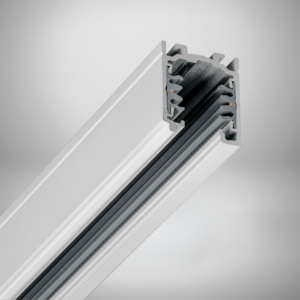
Stucchi Track Lighting
Read more -
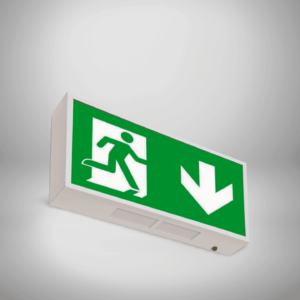
Mark 005 Exit Sign
Read more -
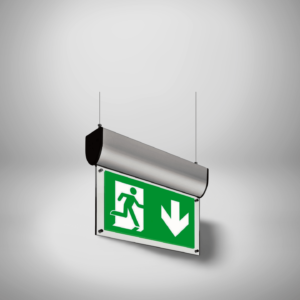
Clear 004 Exit Sign
Read more -
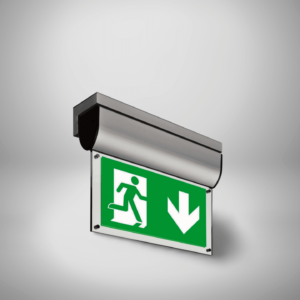
Wall 003 Exit Sign
Read more -
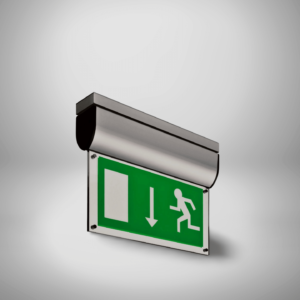
ExitWay 002 Exit Sign
Read more -
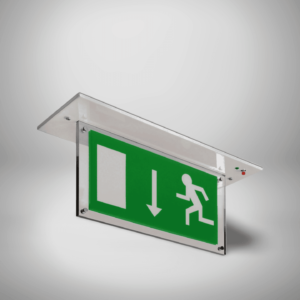
SureExit 001
Read more -
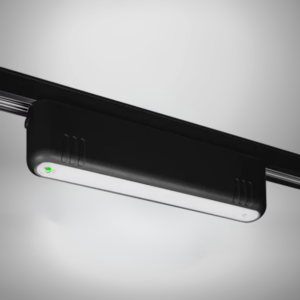
Safe Emergency
Read more -
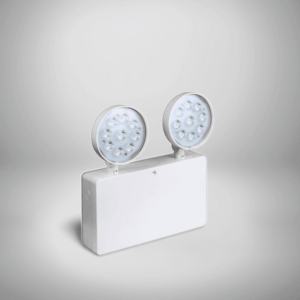
Guard Emergency
Read more -
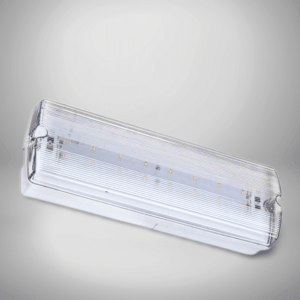
Bright Emergency Bulkhead
Read more -
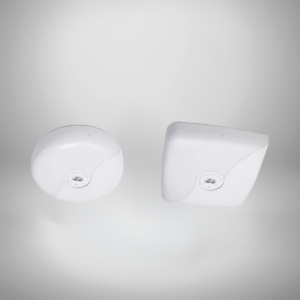
Surface Emergency
Read more -
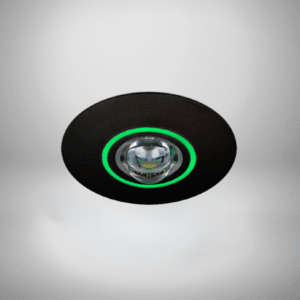
Beacon Emergency
Read more -
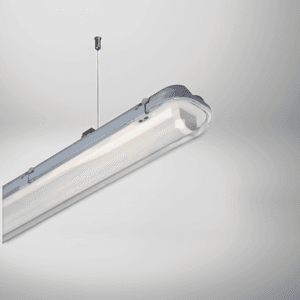
Aegis 129
Read more
At Lumenloop, our emergency lighting solutions are designed and manufactured in the UK to meet rigorous industry standards.
Our products—such as the Mark 005 Emergency Exit Sign—adhere to EU and ISO safety regulations and are thoroughly tested for performance under emergency conditions.
Built to comply with standards like BS 5266 and EN 60598-1, our luminaires deliver reliable, maintained operation (typically for 3 hours), ensuring clear, uniform illumination when it matters most.
With features such as high-intensity LED modules, advanced DALI/self-test functionality, and long-lasting LED lifespans (up to 50,000 hours), Lumenloop’s emergency lighting products offer UK-made, specification-grade quality that enhances safety and energy efficiency across commercial, public, and retail spaces.
Discover how our commitment to rigorous testing and compliance connects international standards to real-world performance in every Lumenloop solution.
Lighting Calculators
Emergency Lighting Blogs
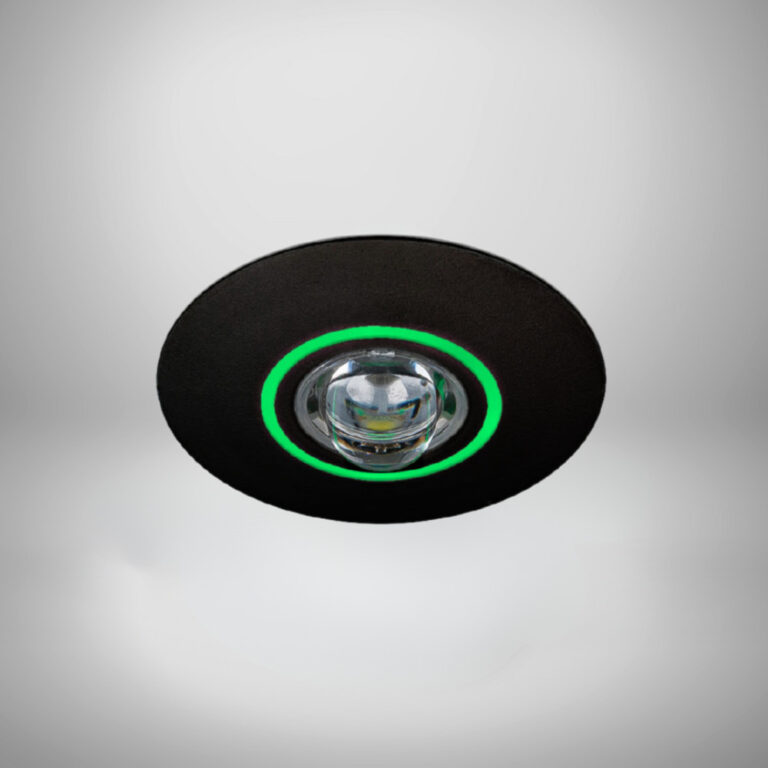
Emergency lighting battery standards: compliance with EN 60598-2-22
“EN60598-2-22 compliant emergency lighting solutions. Get expert advice on meeting the standard with our certified products and services.”
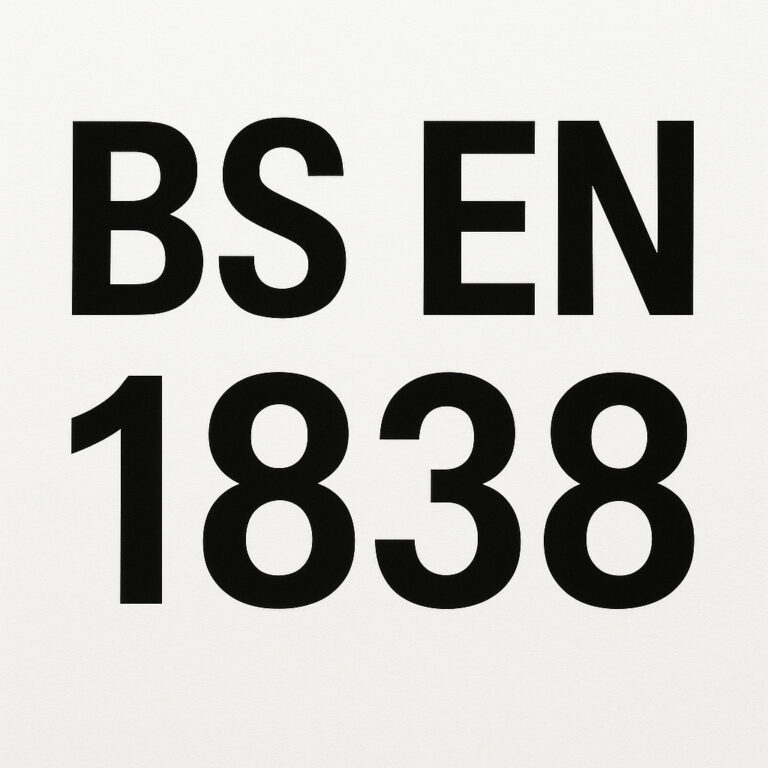
Practical guide to BS EN 1838: minimum lux levels for escape routes
Discover the practical guide to BS EN1838: understand minimum lux levels for escape routes and ensure compliance

Maintained vs Non-Maintained Emergency Lighting: Which System Is Right for You?
Understand the pros and cons of maintained vs non-maintained emergency lighting systems. Choose the right solution for your building with our expert guide.
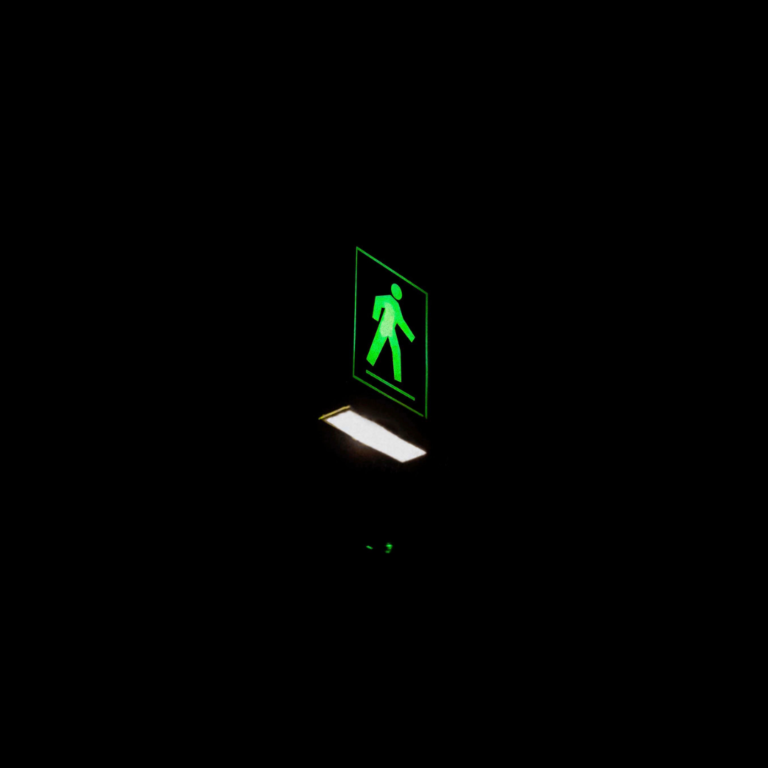
Emergency Lighting Rules in the UK: What Facility Managers Should Know
In the UK, emergency lighting is a critical component of fire safety and building regulations. It provides illumination when the normal lighting fails, ensuring safe
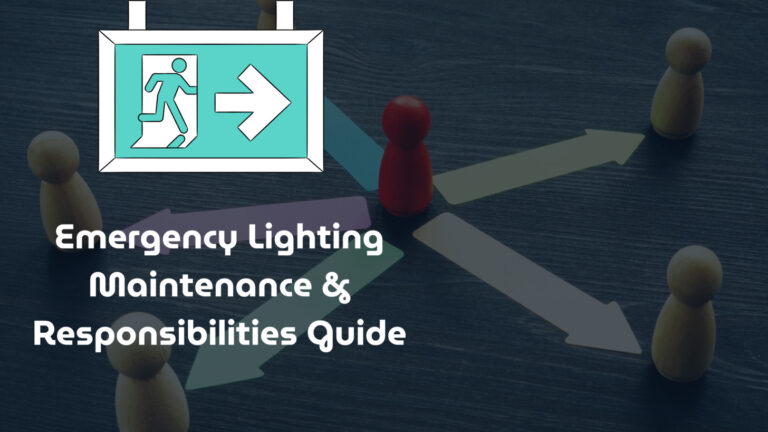
Emergency Lighting Maintenance & Responsibilities Guide
Discover how to perform effective emergency lighting maintenance. Learn responsibilities, best practices, and ensure compliance with UK regulations.
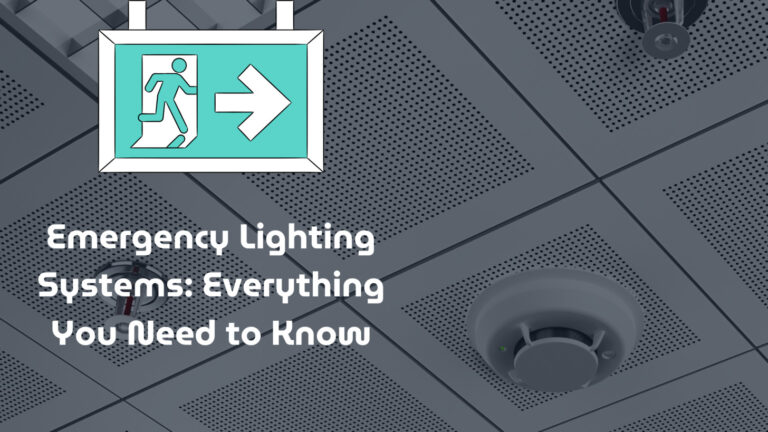
Emergency Lighting Systems: Everything You Need to Know
Discover everything you need to know about emergency lighting systems, including installation, maintenance, and compliance with UK regulations. Stay safe and compliant.